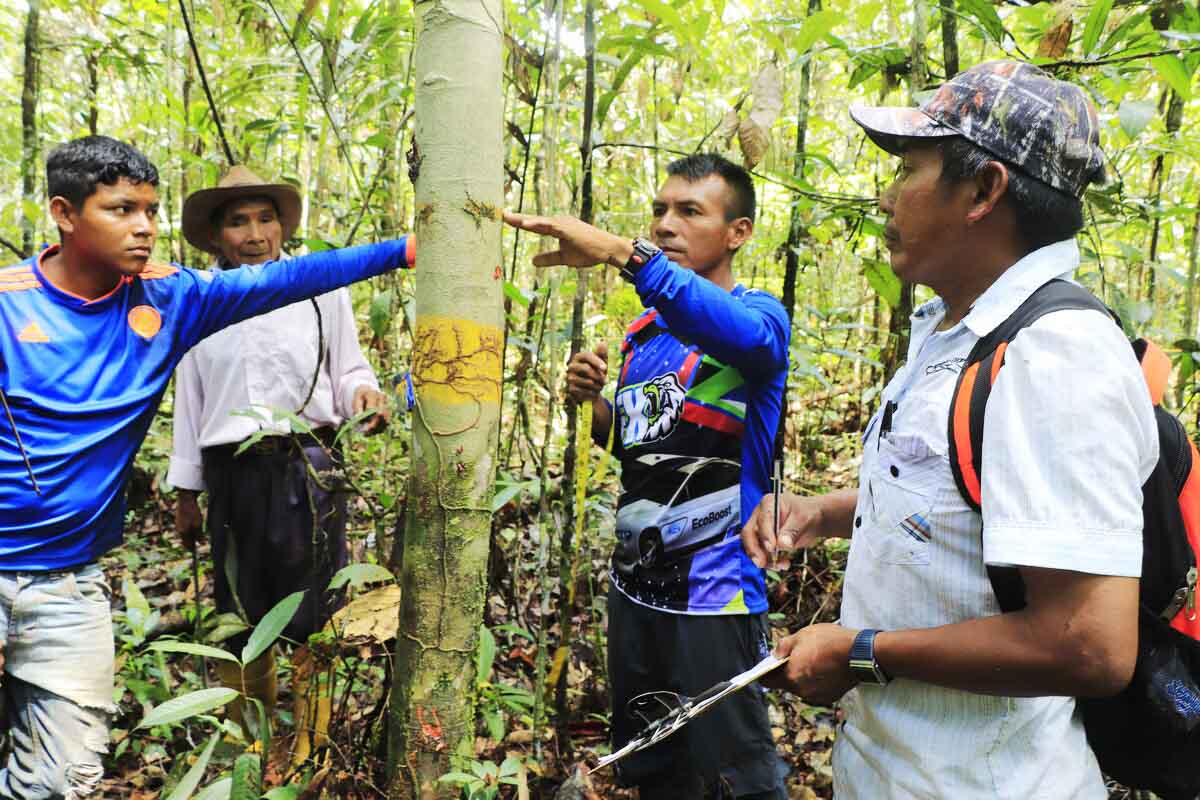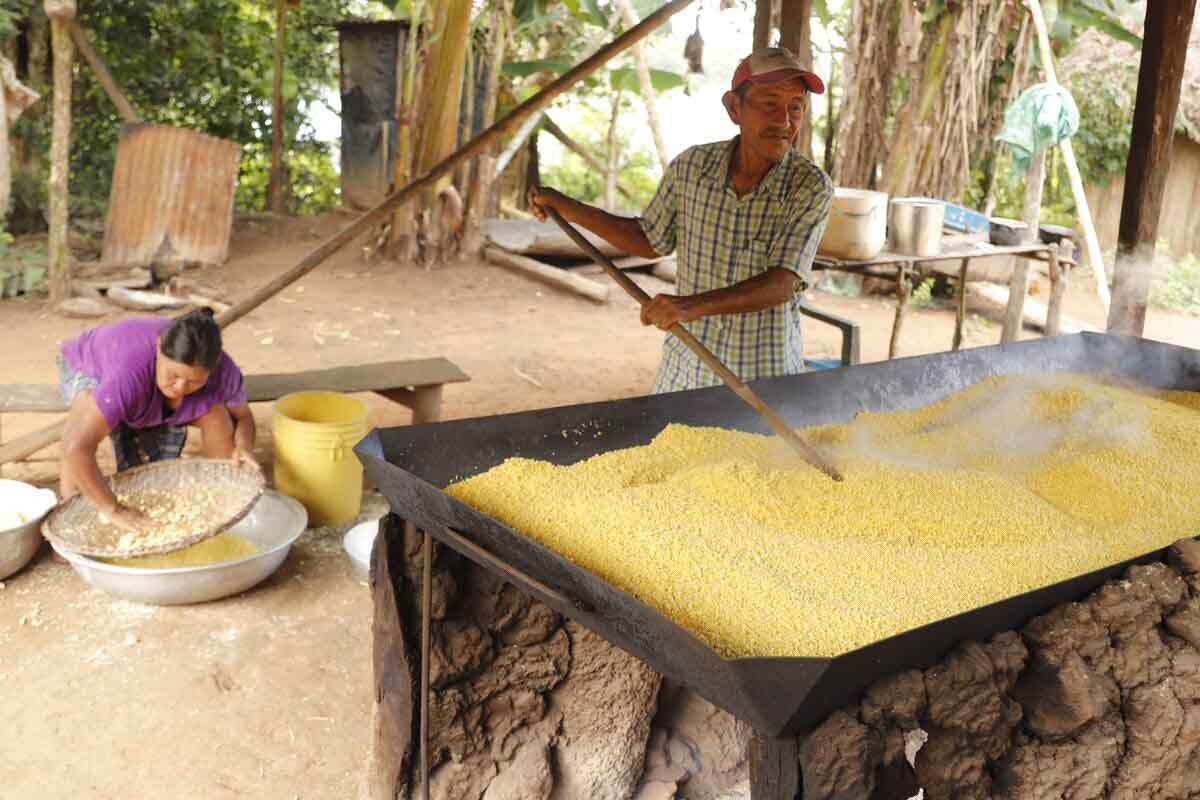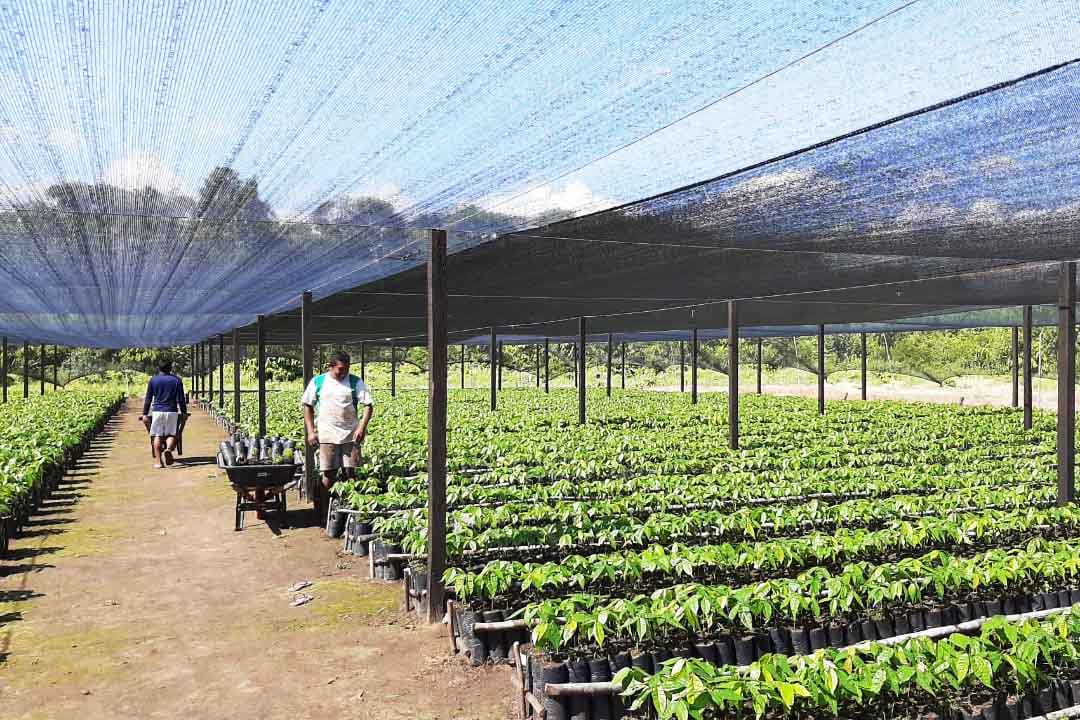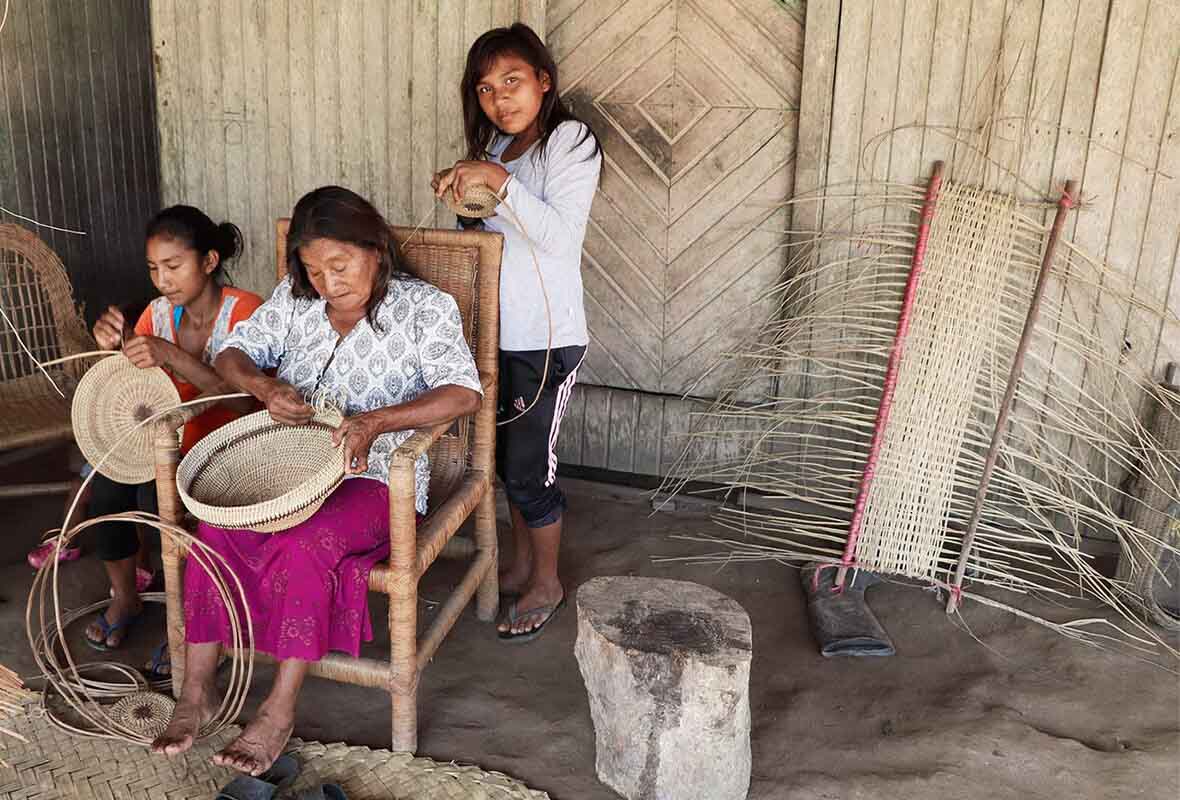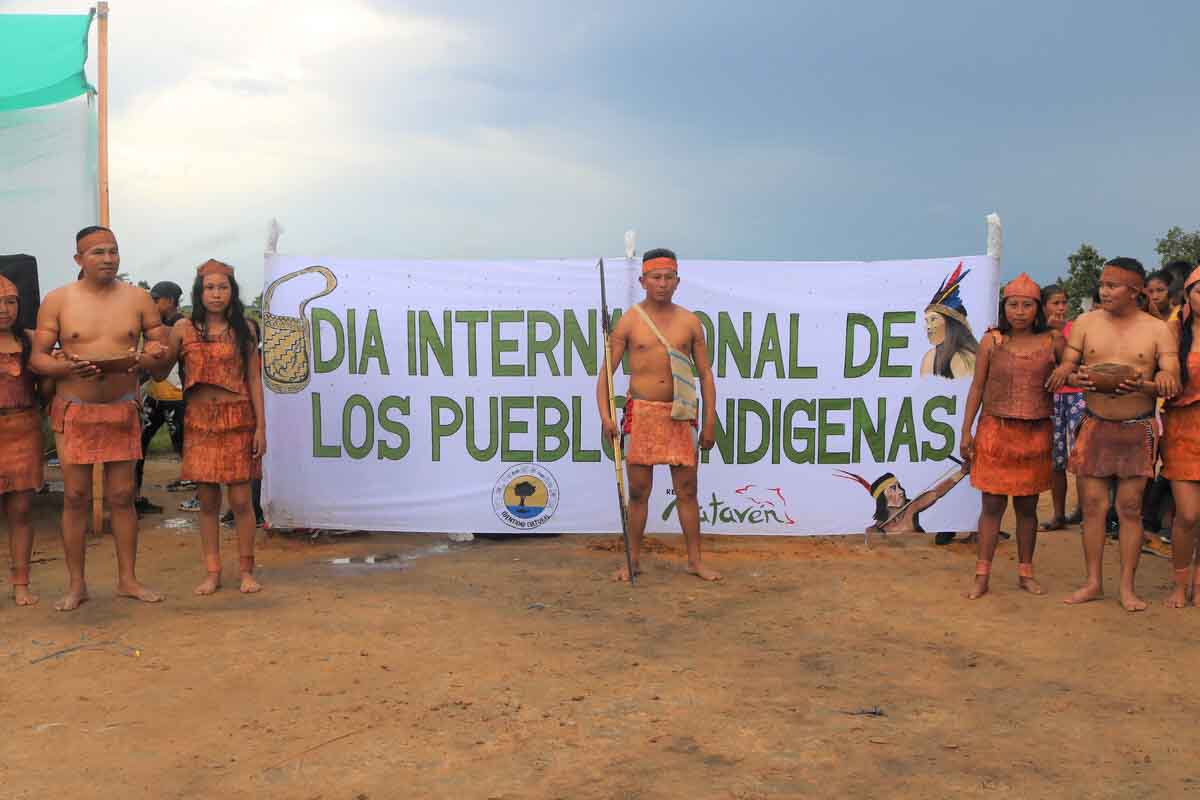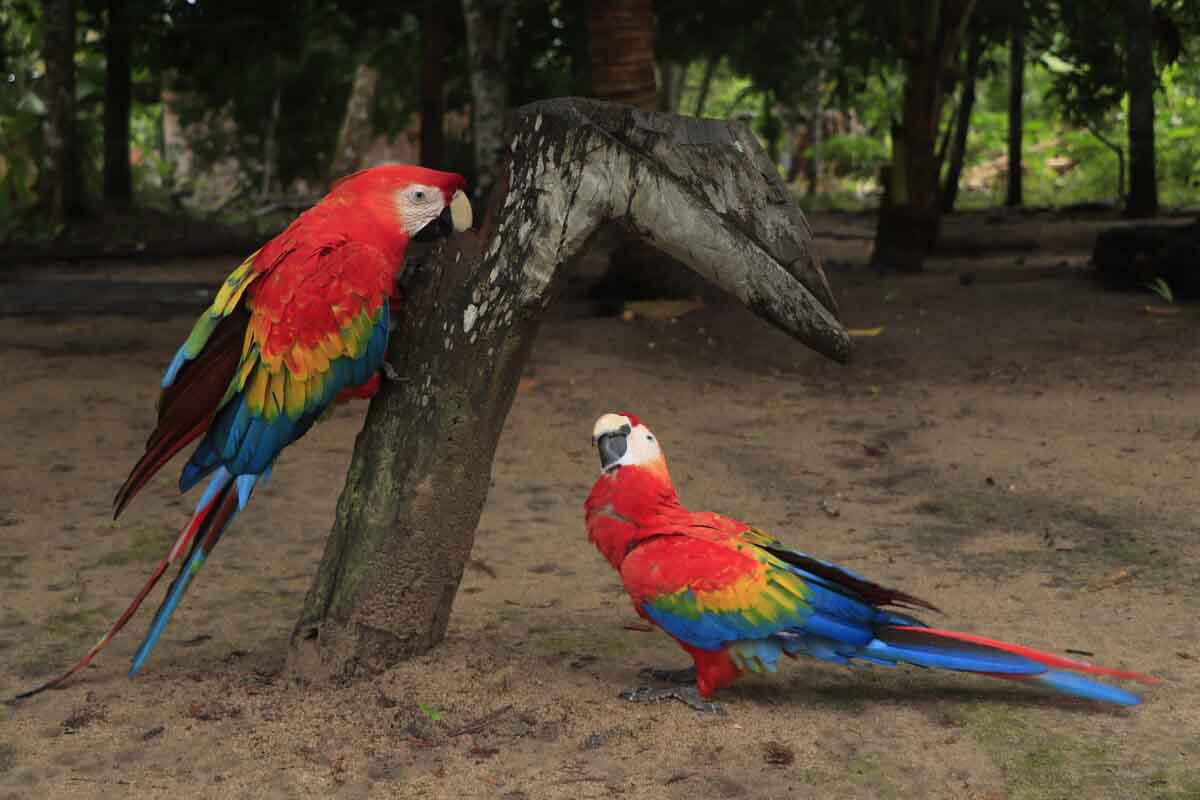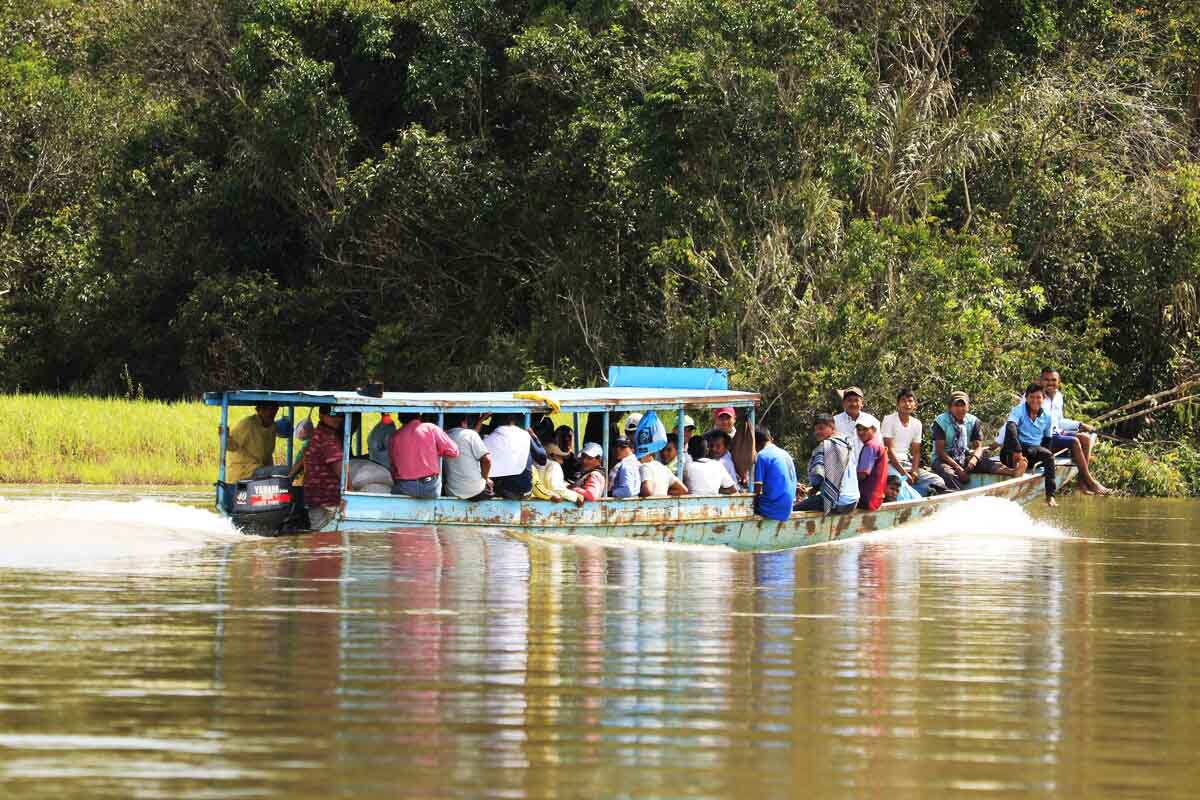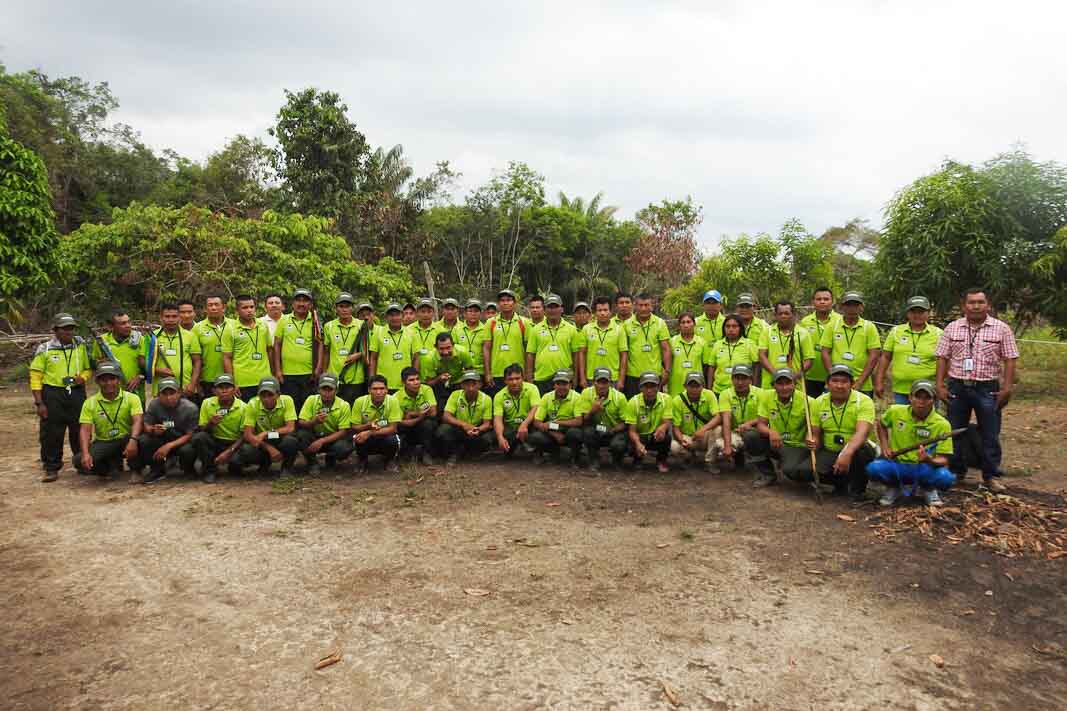Supporting indigenous peoples to avoid deforestation
As the biggest REDD+ Project in Colombia this initiative protects 1,150,200 hectares of tropical forests, safeguarding its biodiversity. It provides education, healthcare, sanitation, food security, nutrition, and further social benefits for 16,000 indigenous people. The project works hand-in-hand with the communities to constantly inform and train them, improve living conditions and promote sustainable economic growth.
The project follows a holistic approach to make a lasting change in the behavior towards sustainable practices, forest protection, and conservation. The different scopes of the project focus on reducing the vulnerability of indigenous territory through strengthening governance through the communities, improving surveillance and control of the territory, as well as the system of communication and transportation. Besides, the project helps improve food self-sufficiency for six different ethnic groups.

Forests are not only among the planet's most important carbon reservoirs. They also are home to an enormous diversity of species and are the livelihood for all people. However, global forest areas have declined sharply in recent decades due to increasing settlement, agricultural use, illegal logging and mining.
Forest protection projects ensure that forests are preserved in the long term and that the protection of forests is given a higher value than their deforestation. Together with the local population, project participants protect the area from negative influences. To allow for this the projects create alternative sources of income and educational opportunities. Depending on the project region, forests store varying amounts of carbon per hectare. Particularly high amounts of carbon are stored in the vegetation and soil of tropical swamp forests, primary rainforests, or mangroves. Forest protection projects in the ClimatePartner portfolio are registered with international standards.
Explore our projects
Biochar for Climate Action, Healthy Soils, and Better Harvests

A certified climate project combined with additional commitment

Expansion of renewable energy generation in Asia

Ceramic water filters save CO2 and improve health

Improved cookstoves worldwide – for better health and cleaner air

A certified climate project combined with additional commitment

Powering access to renewable energy in Africa

A certified climate project combined with additional commitment

Restored ecosystems remove carbon

Turning degraded farmlands into healthy ecosystems

Improved cookstoves - better for health and the environment

